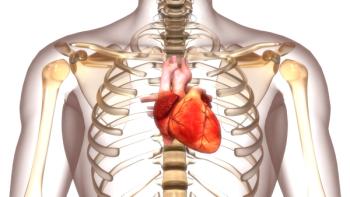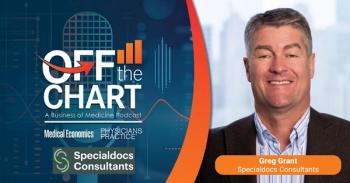
Primary care is the best tool for early HIV diagnosis
Primary care physicians may not manage later HIV/AIDS treatment, but they are on the front line for the early detection and diagnosis that could save a life.
December 1 marks the 28th time that the world has turned its attention on this day to those who are fighting-and those who have lost their fight-against HIV/AIDS. Conceived at the offices of the World Health Organization,
While specialists often manage the ongoing care of more than 40,000 new HIV patient annually, primary care physicians are at the front line of catching infection early.
Wendy S. Armstrong, MD, FIDSA, FACP, professor of medicine at Emory University in Atlanta and a member of the Infectious Diseases Society of America, said PCPs have a critical role in screening for HIV.
“In many cases, the primary care clinic is the main or even only access point to healthcare for patients. In order to reach our goal of screening all patients for HIV infection and detecting infection at an earlier stage, participation of PCPs in screening efforts is vital,” Armstrong told Medical Economics.
The
Frank Romanelli, PharmD, MPH, BCPS, AAHIVP, professor and associate dean at the University of Kentucky’s College of Pharmacy in Lexington, Kentucky, helped create
“Primary care [physicians] should pay close attention to guidelines for performing screening and assess patients as warranted. This will mainly involve screening all patients for HIV and actual testing of patients that are at high risk and/or patients that live in areas where baseline HIV prevalence is high,” Romanelli told Medical Economics. “[Physicians] should consider that all pregnant females should be tested for HIV. They should also be aware of other high-risk groups-men who have sex with men, IV drug users, sex workers, [and] promiscuous sex (homosexual or heterosexual).”
After initial diagnosis, PCPs should screen for opportunistic diseases and other sexually transmitted infections, including hepatitis A, B and C, Romanelli said.
“Following initial assessments and baseline labs, patients should be referred to an infectious disease provider if specialty HIV care cannot be provided at the primary care clinic/setting,” Romanelli advised. “Safer sex and other risk reduction strategies should be put into place as soon as possible to reduce the risk of transmission.”
Armstrong said while diagnosis is an important first step in the process of managing a patient with HIV, quick work to get the patient care after initial diagnosis is even more critical.
“After detection and diagnosis, rapid and successful linkage to care is critical and the primary care physician can help ensure that this occurs. In addition, it is important for PCPs to remember that as physicians, we often do a poor job at assessing a patient’s risk factors for HIV infection,” Armstrong said. “A more effective strategy is to adopt an approach of opt-out screening using language that conveys that HIV testing is a routine test along with other usual tests like cholesterol testing and other health maintenance activities.”
Newsletter
Stay informed and empowered with Medical Economics enewsletter, delivering expert insights, financial strategies, practice management tips and technology trends — tailored for today’s physicians.








